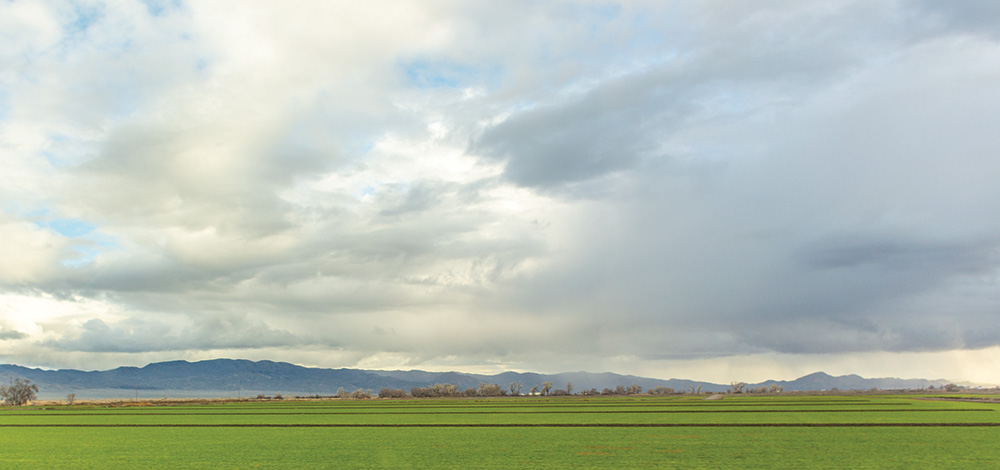True Grit: Lovelock
May – June 2019
Railroads to farms, mining to tourism, Lovelock stays nimble.

A person with true grit is often defined as someone who sticks to their goals, despite problems, setbacks, and failures. Having true grit means you are tough and determined…you have a steadfast core. In 2019, we are highlighting towns in Nevada that have that core strength. Not all towns in Nevada have huge shiny tourist draws; many exist along the highways that traverse our state, but aside from getting gas or grabbing food to go, they are easily overlooked. Nevada roads go on forever. Small towns appear on the horizon, but are often quickly in the rearview mirror with little more than a passing thought about the town’s existence. And while tourism is the state’s largest industry—and the focus of this magazine—it is not why all towns in Nevada exist. This year, we honor some of those towns that defy easy description but stand tall in the desert, refusing to give into the sways of economic hardship or the passing of time. These towns bloom in the dirt, and they embody true grit. This issue: Lovelock.
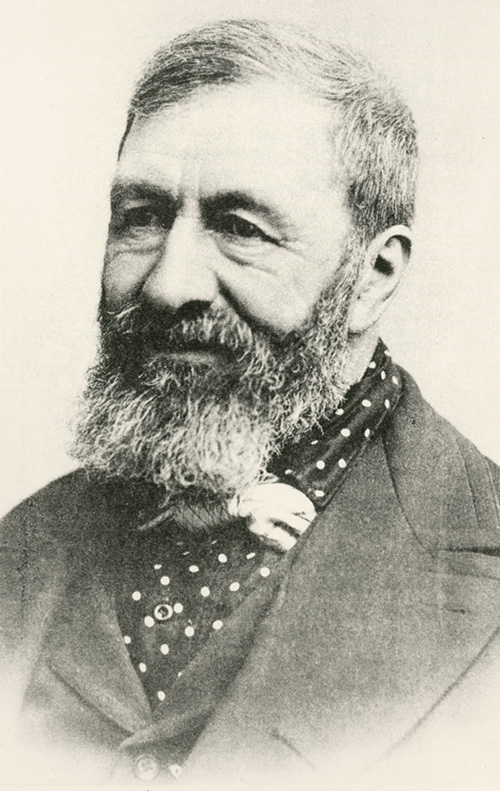
From 1841-1869, the lure of gold and silver, gentler weather, and the chance for a new life encouraged some 250,000 people to leave the comforts of their eastern homes and set out West. Many emigrants chose to follow the California Trail, and many died when they tried to cross the 40-Mile Desert, which ran roughly between Lovelock and Fernley. While it took just about a day and a half to cover it, and despite the fact that many pioneers were smart enough to travel at night, the deep sand and barren landscape offered no relief and many horses and oxen died along the route. Without a way to move forward, so did many people. If only they had chosen to stay in the lush, verdant valley, which was often a resting place before the arduous journey. The Big Meadows, as it was called during this time, was abundant with rye, hay, and most importantly, the waters of the Humboldt River.
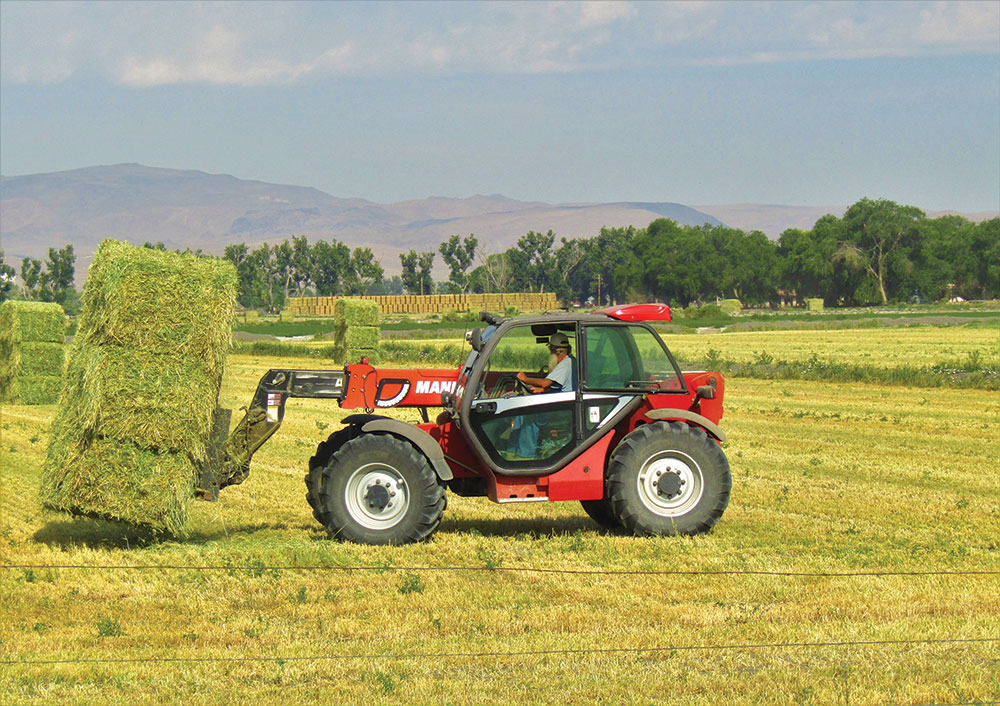
SMART ENOUGH TO STAY
George Lovelock found his way to Big Meadows from California, where he’d landed after emigrating from England. After establishing a small town—also Lovelock—in Butte County, his sawmill felt the pains of the Civil War and lumber’s decreased market so he set out for new ventures in Nevada. Arriving in 1866, Lovelock bought 320 acres of land and water rights from squatters. Lovelock took his turn at mining, but in 1868, the Central Pacific Railroad came calling and he gave 85 acres to establish the townsite and depot. The railroad,
in turn, named the depot Lovelock.
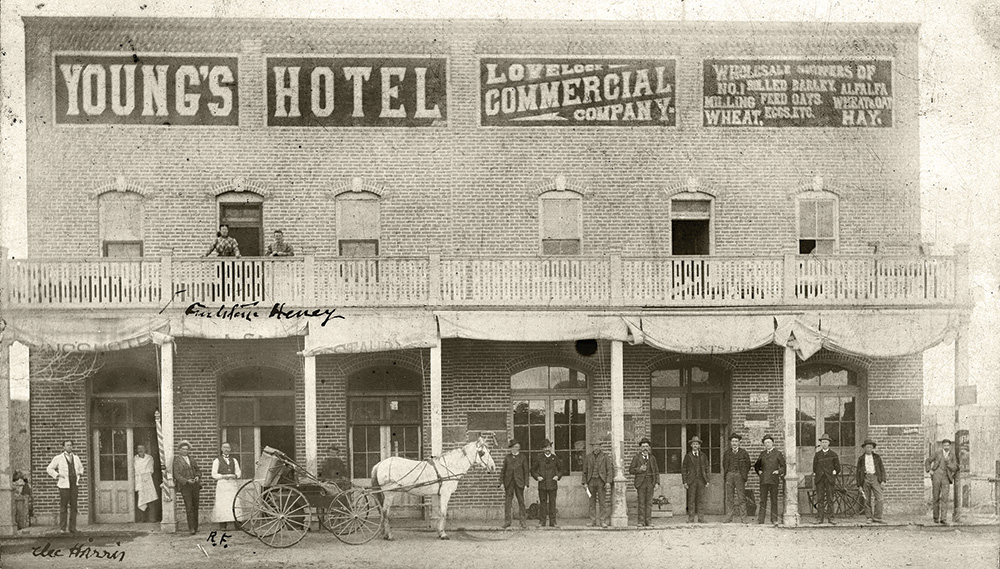
 With the railroad, Lovelock became a regular stop for transcontinental trains. By 1910, there were 1,100 people living there, and in 1917 the city was incorporated. In 1919, Pershing County was carved from Humboldt County and Lovelock became the county seat. It remains the county seat, and the county’s only incorporated city. Lovelock continued to be a small yet thriving community despite the blows dealt by Interstate 80 replacing Highway 40 and removing much-needed tourist traffic, and the closure of the railroad depot in the early 1990s.
With the railroad, Lovelock became a regular stop for transcontinental trains. By 1910, there were 1,100 people living there, and in 1917 the city was incorporated. In 1919, Pershing County was carved from Humboldt County and Lovelock became the county seat. It remains the county seat, and the county’s only incorporated city. Lovelock continued to be a small yet thriving community despite the blows dealt by Interstate 80 replacing Highway 40 and removing much-needed tourist traffic, and the closure of the railroad depot in the early 1990s.
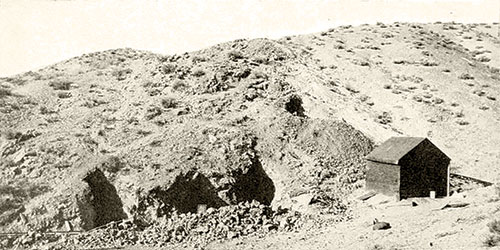
Mining has remained a constant in hills surrounding Lovelock since the late 1800s, with its usual variable nature impacting the town’s economy. The Coeur Rochester mine has been in operation since 1986, but when ore prices dropped between 2007-2011, the mine paused production. That pause, like all mining pauses, sent shockwaves through Lovelock and about 250 jobs were lost. While the population wavered just slightly, the impact of out-of-town workers no longer sleeping in hotel beds, eating at local restaurants, or shopping in town took a toll.
Agriculture has been a constant in the verdant valley, but there have been wrinkles there, as well. Heidi Lusby-Angvick, executive director of the Pershing County Economic Development Authority, explains that the farms use an irrigation system with water coming from nearby Rye Patch Reservoir. The lush green alfalfa farms thrive, as long as the water keeps flowing. In drought years this poses a problem, and Nevada’s longest modern drought—2011-2017—saw farmers losing entire crops.
“We’ve just barely come out of the drought,” she says. “During that time, most of our farmers lost almost everything. It was three years with almost no irrigation water.”
CALIFORNIA CONVERTS AND CONVICTS
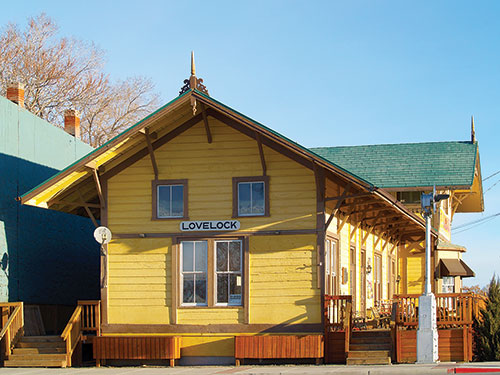
Heidi moved to Lovelock from northern California in 2007, and despite the seemingly difficult conditions the town has seen in her time there, she maintains moving to Lovelock was the perfect choice.
“I came to town with my mom and daughters. I looked around, and it was beautiful. I knew it was where I wanted to be,” Heidi says. “Since we moved, 14 family members have moved here, too.”
That gut reaction has served her family well. All have bought homes, opened businesses, and put down roots. Heidi mentions the opportunities kids have in Lovelock, academically and through sports, which is similar to other small towns, but she takes it a step further.
“I have no fear of letting my daughters out in this community,” she says. “This community really supports its children, it celebrates them.”
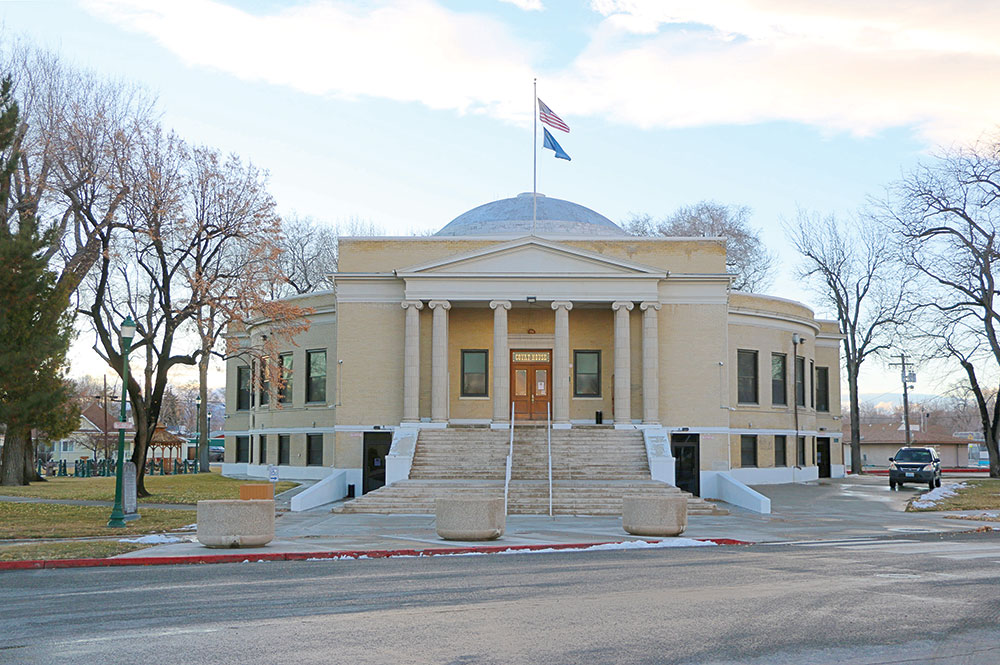

The community also supports, and is supported by, a correctional facility that employs about 250 people. It housed O.J. Simpson from 2008-2017, but aside from some occasional media attention, that particular convict never impacted the spirit of the community, which continues to seek economic diversification.
“There’s a ripple effect coming from Reno and Storey County,” Heidi mentions. “We are just one hour from the USA Parkway [where Tesla, Google, Apple, and other companies have facilities], and people are starting to knock on our doors.”

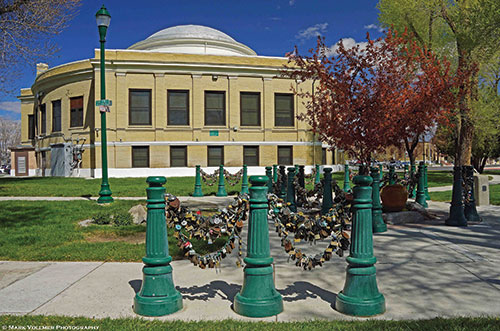
BALANCING ACT
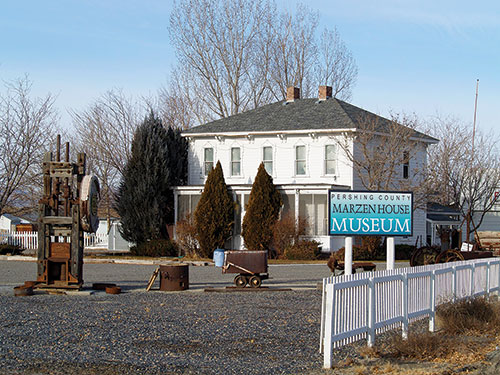
The interest in Lovelock as a place to live and do business is being monitored carefully. The balance of small-town life and necessary growth is an ever-keen tightrope for city and county officials. Growth like Storey County has seen with the Reno-Tahoe Industrial Center would be hard to manage, and the people living in and moving to Lovelock want to maintain their country lifestyle.
“We want smart growth…low water usage and 10-20 jobs. If we had a mega warehouse come in and need 100 jobs I wouldn’t exactly know how to find those people,” Heidi explains. “We are situated for growth, but we want to maintain our quality of life, our country life. We’d love to start with about five businesses with 10-20 employees.”
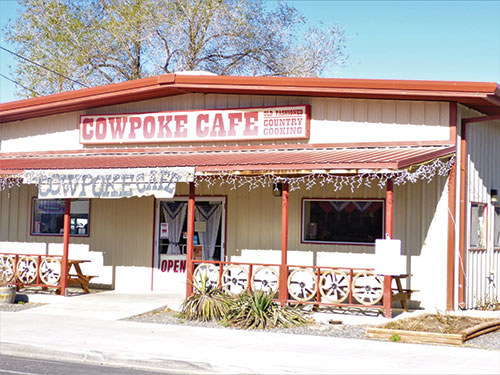
The town hasn’t seen much growth in the last 10 years, with businesses opening and closing at about the same rate, and for some, that’s just fine. There are just under 2,000 people in town right now, and there’s just one stop light (the only one in the county, actually). Add to that full medical services, a volunteer fire department, excellent schools, a major grocery store, and a close enough proximity to other retails services, and Lovelock looks to be just about idyllic. But time doesn’t stand still, and that’s one of the reasons growth is essential.

“We have high school students who are leaving and not coming back because of the opportunities in the workforce and housing,” Heidi says. “Growth is important so our families can keep our youth here, or else the town dies off.”
To that end, the agricultural industry is looking at ways to diversify its crops (corn and winter wheat are two other crops currently grown) and the way they are grown potentially, but that discussion is still in its infancy. Coeur Mining has announced a major expansion for the Rochester mine—300 people, about 60 percent from Lovelock, work there now—which when finished with all the necessary permits and approvals, will increase production and assure the mine life into the mid-2030s.
The future of Lovelock, like most small towns, will depend on a combination of smart growth, healthy crops of both alfalfa and ore, and the determination that is the hallmark of rural Nevada. If those odds seem daunting, Heidi knows Lovelock won’t face them alone. The ripple effect is felt across the Interstate 80 corridor.
“It’s a regional economy, really,” she says. “What’s going on in Fernley affects me, and what I do affects Humboldt County. But we work together with our neighbors. We aren’t an island.”
